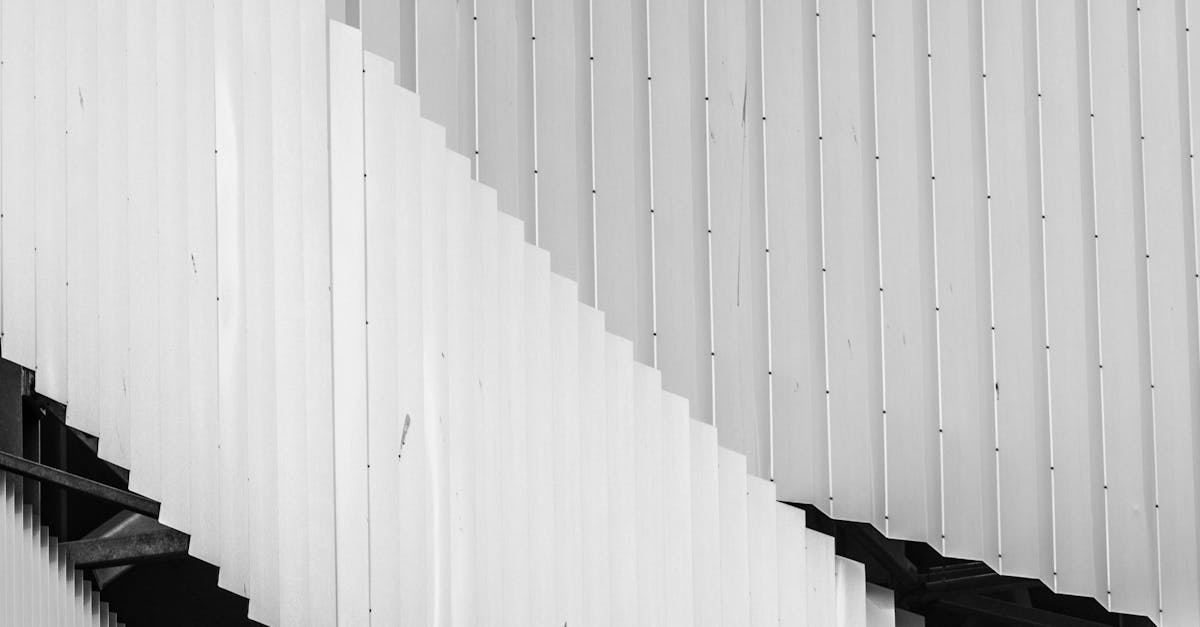Tile For Aluminum Roof Substitution NSW

Table Of Contents
Tile For Aluminum Roof Substitution NSW
As homeowners in Sydney look to enhance both the aesthetic and functional aspects of their properties, Trends In Roofing Materials Sydney are becoming increasingly important. The demand for innovative roofing solutions is on the rise, and tile to metal roofing replacement options are at the forefront of this movement. Homeowners are not only considering the durability and longevity of roofs, but also how these materials can contribute to energy efficiency and overall property value.
In this evolving landscape, understanding the latest trends in roofing materials sydney is essential for anyone contemplating a roofing upgrade. The shift from traditional options to modern materials like ceramic tiles and aluminum can significantly impact the performance and appearance of roofs across the region. By exploring these options, property owners can make informed decisions that align with both their aesthetic preferences and practical needs, ensuring their homes remain both beautiful and functional for years to come.
Pros of Converting to Tile Roofing to Aluminum
Converting to ceramic roofing for metal offers several advantages for homeowners. One significant pro is resilience. Aluminum roofs are known for their ability to withstand harsh weather conditions, like heavy rain, snow, and strong winds. This robustness translates into a longer lifespan compared to traditional ceramic options. Furthermore, metal roofs are less heavy, making installation easier and more cost-effective for homeowners.
An additional pro of converting to metal roofing is energy savings. Aluminum roofing reflect sunlight, which can help reduce cooling costs during hot summers. Such reflective properties do not only add to lower energy bills, while they also support a more comfortable indoor environment. Moreover, many steel roofing options are designed to be environmentally friendly, resulting in a sustainable choice for homeowners looking to improve their home's sustainability.
Importance of Upgrading from Steel Roofs for Sydney Area
Upgrading from steel roofs is a significant step for homeowners in New South Wales. The form of roofing offers improved longevity against harsh weather conditions, which is crucial in the local climate. In addition, steel roofs demand minimal maintenance, keeping homeowners time and money throughout the years.
Another advantage of changing from steel roofing is its energy-saving capabilities. Steel roofs reflect heat effectively, which can help in reducing cooling costs during the hot summer months in New South Wales. Furthermore, metal roofs are sustainable, often made from recycled materials and being fully recyclable at the end of their lifespan. This combination of benefits makes this option to change to steel roofing a wise investment for homeowners in the area.
Typical Challenges When Replacing Ceramic Roofing to Metal
Replacing tile roofing to metal can present several issues for homeowners. One problem involves the load difference between tile and metal materials. Slate roofing are generally heavier, which may require adjustments to the existing roof structure to ensure the roof can support the new material. Additionally, the transition from one roofing type to another often requires compliance with local building codes, which can add difficulties to the project.
An additional frequent problem involves the potential for leaks or gaps during the installation process. Steel roofs require precise fitting and sealing to prevent water infiltration, which can lead to issues down the line. Inadequate installation techniques may not only compromise the roof's integrity but also lead to higher maintenance costs. Alongside this, the shift in roofing style may also affect the home’s overall aesthetic, prompting homeowners to evaluate their choices carefully before proceeding.
Methods to Overcome Challenges in Roof Upgrade
Replacing a metallic roof from a tile roof can present various challenges. A primary concern is a structural integrity of the existing framework. Before the installation, it is essential to inspect the condition of the underlying structure. Recognizing weaknesses in the frame can lead to difficulties during the replacement process. Conducting necessary reinforcements can ensure a successful transition to the new roofing material.
A significant issue that may arise is the adaptation of the roof's aesthetic. Metal roofing systems can differ greatly in style compared to tiled roofs. Residents should consider how the new roof will integrate with the overall design of their home. Careful planning and consultation with roofing professionals can help in selecting a style that complements the existing structure. Such steps can greatly enhance both the efficiency and appearance of the home.
Understanding Installation Process for Slate to Metal Roofing Replacement
Replacing the ceramic roof to steel often is one crucial upgrade endeavor. The implementation process requires detailed organization as well as the right materials. To start, the current roof must be properly removed, which helps the sturdy foundation for the steel roof.
Afterward, the implementation for new steel roof is able to commence. Such process involves laying each steel panels onto the prepared system. Accurate sealing and fastening are critical to confirm rain resistance and longevity. Finally, the final inspection is imperative to ensure all aspects are implemented correctly.
Step-by-Step Overview of Tile to Metal Installation
Transitioning from tile roof to a metal roof can look daunting at first. However, by following a guided explanation, the process turns more. First, it is critical to inspect the existing tile roof for any damage or weak points. Following that, gently remove the tiles while ensuring the underlying structure remains unharmed.
After the tiles are removed, placing the metal roofing demands proper preparation of the decking. This step involves placing a moisture barrier to shield the roof from water damage. Following, the metal panels can be attached to the roof structure with the appropriate fasteners. Finally, it is imperative to ensure all seams are sealed properly to stop leaks. Wrapping up the project involves a thorough inspection to guarantee everything is placed correctly.